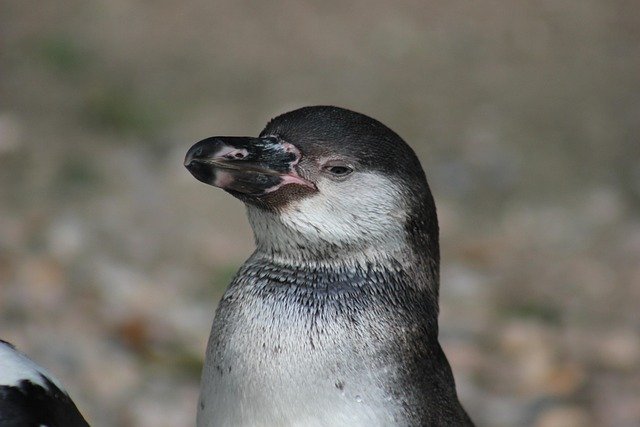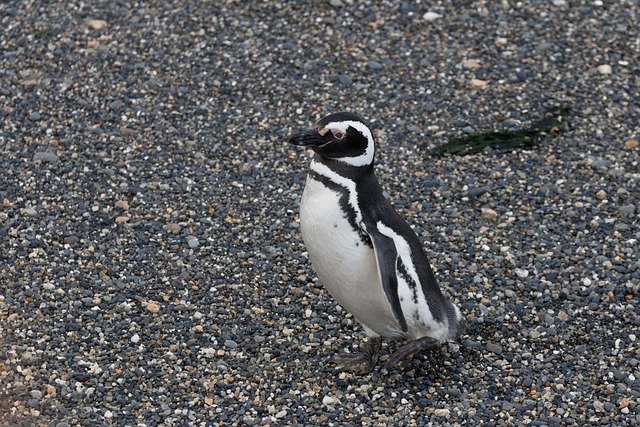**Topic: "Adaptations of Penguins: How These Flightless Birds Thrive in Harsh Environments

Adaptations of Penguins: How These Flightless Birds Thrive in Harsh Environments
Penguins are fascinating creatures that have adapted remarkably to some of the harshest environments on Earth. While they are often associated with icy landscapes, their unique adaptations allow them to thrive in conditions that would be challenging for most other birds. In this post, we will explore the various adaptations of penguins that enable them to survive and flourish in extreme climates.
1. Streamlined Bodies
Penguins have evolved a streamlined body shape that reduces drag while swimming. This adaptation is crucial for their survival, as they rely on swimming to catch fish and evade predators. Their torpedo-like shape allows them to glide through the water with minimal resistance, making them efficient swimmers.
2. Flipper-like Wings
Unlike their flying counterparts, penguins have developed flipper-like wings that are perfect for propulsion in water. These wings are shorter and more rigid than those of flying birds, allowing penguins to "fly" underwater. This adaptation not only aids in hunting but also helps them maneuver quickly to avoid threats.
3. Insulating Feathers
Penguins are equipped with a unique layer of feathers that provides excellent insulation. Their feathers are densely packed and waterproof, which helps to keep them dry and warm in frigid temperatures. Underneath their feathers, a layer of fat, known as blubber, offers additional insulation against the cold.
4. Social Behavior
Many penguin species exhibit strong social behaviors, which are vital for survival in harsh environments. They often huddle together to conserve heat during extreme weather. This communal behavior not only helps maintain body temperature but also provides protection against predators.
5. Specialized Feet
Penguins have adapted their feet for their aquatic lifestyle. Their webbed feet allow for efficient swimming and help them navigate through icy waters. Additionally, some species possess spurs on their feet that can aid in climbing rocky terrain, which is essential for nesting.
6. Unique Breeding Strategies
To ensure the survival of their young, penguins have developed unique breeding strategies. For example, Emperor penguins engage in a remarkable breeding cycle where males incubate the eggs on their feet, keeping them warm while females hunt for food. This adaptation allows both parents to contribute to the survival of their chicks in an environment where food is scarce.
7. Dietary Adaptations
Penguins primarily feed on fish, squid, and krill, and their hunting techniques have adapted to their environment. They can dive to impressive depths and hold their breath for extended periods, allowing them to access a variety of food sources that are not available to other birds.
Conclusion
Penguins are a prime example of how species can adapt to thrive in extreme environments. Their unique physical and behavioral adaptations allow them to survive and flourish in some of the coldest places on the planet. As climate change continues to impact their habitats, understanding these adaptations becomes increasingly important for conservation efforts. By appreciating the remarkable resilience of penguins, we can better support their survival in the face of environmental challenges.
Feel free to share your thoughts or questions about penguin adaptations in the comments below!

Upvoted! Thank you for supporting witness @jswit.